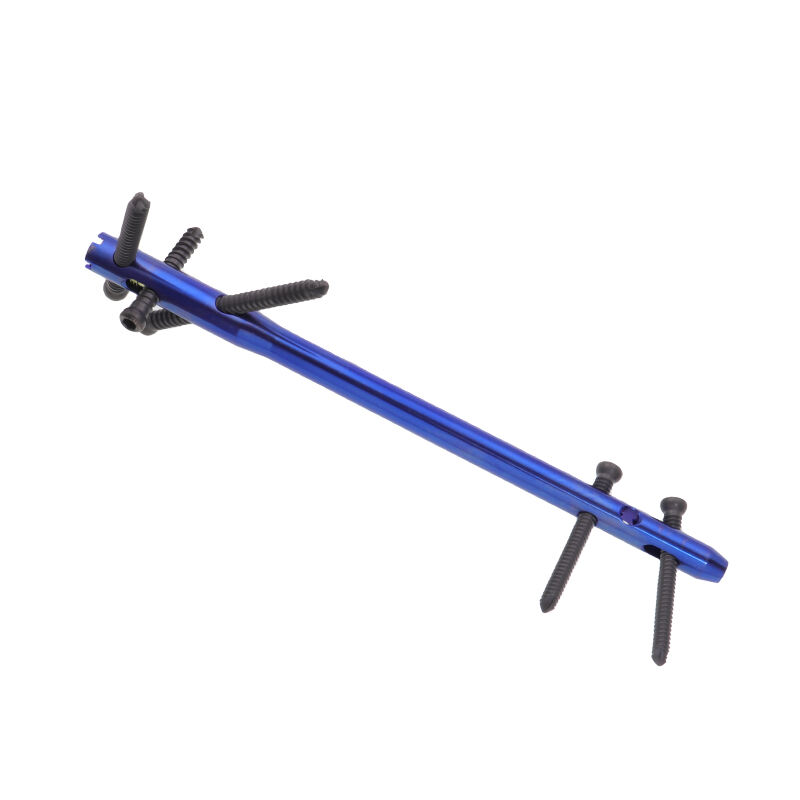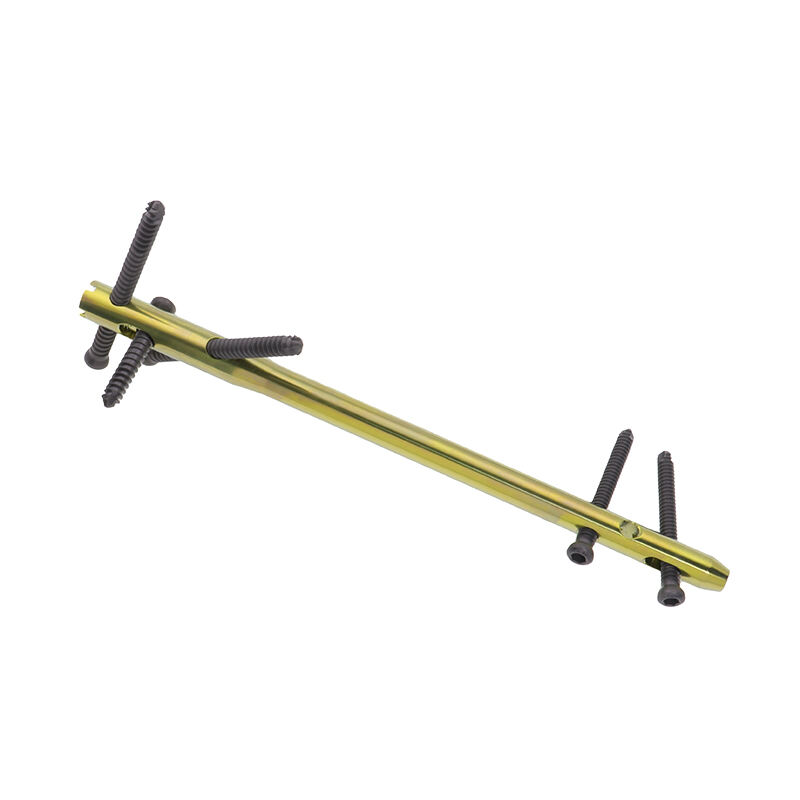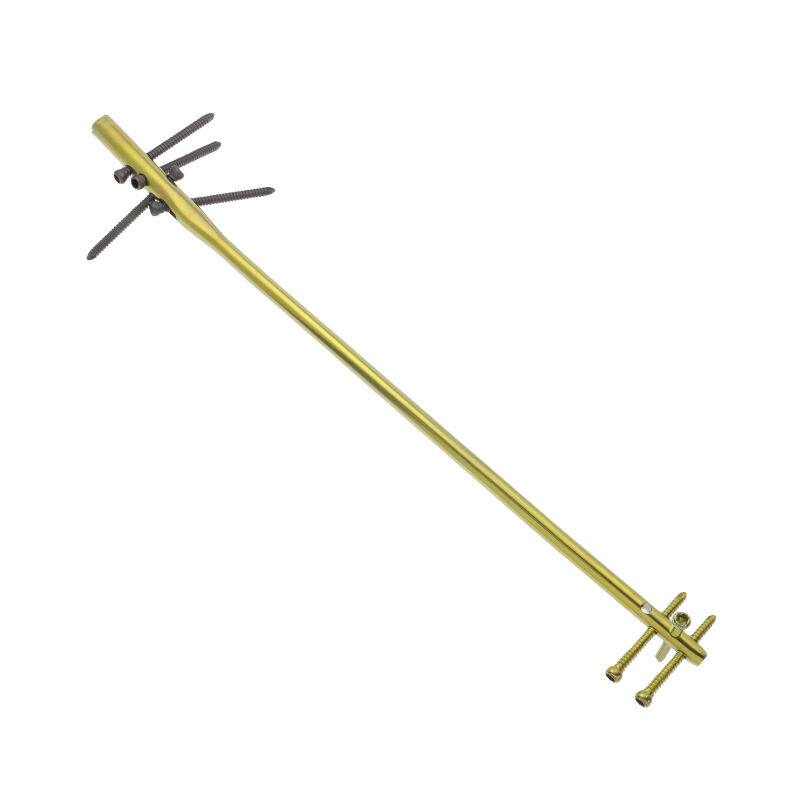distal radius intramedullary nail
The distal radius intramedullary nail represents a significant advancement in orthopedic surgical technology, specifically designed to address fractures of the distal radius with precision and effectiveness. This innovative internal fixation device is engineered to provide stable fixation while maintaining anatomical alignment of the radius bone. The nail features a unique design that allows for minimally invasive insertion through a small incision, reducing tissue trauma and promoting faster recovery. Its specialized structure includes multiple locking options in both the proximal and distal ends, ensuring optimal stability across various fracture patterns. The nail's anatomical design closely matches the natural curvature of the radius, facilitating proper alignment and reducing the risk of malunion. Manufactured from high-grade medical titanium alloy, the nail offers excellent biocompatibility and strength. The system includes precision-engineered targeting guides that enable accurate placement of locking screws, while its low-profile design minimizes soft tissue irritation. This innovative solution is particularly effective for treating both simple and complex distal radius fractures, offering surgeons a reliable alternative to traditional plating methods.


